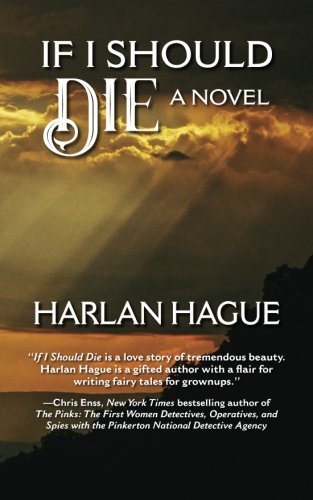If I Should Die
Armed with documents handed down by his grandfather, elderly Texas rancher Olin Harris is researching his family history and focusing on one ancestor in particular: John Henry. Was he a deserter from the 1846-48 Mexican American War, or one of the country’s first anti-war protestors?
The prequel to this novel, Santa Fe Mi Casa (2013), introduces John Henry, who is at first eager to join the army and escape “the desperate life of a Missouri frontier farm.” He becomes disillusioned when he finds only love and friendship among the supposed enemies of the U.S. The book ends at the battle of San Pascual in southern California. If I Should Die begins with John Henry’s journey back east over the same trail he had taken to San Pascual and his return to Santa Fe, where he reunites with and marries his love, Morita. He is then arrested, transferred to Fort Marcy, and court martialed for desertion.
The book centers on an intriguing period of U.S. history, when the country was driven by Manifest Destiny to expand its borders from sea to shining sea, and anti-war sentiment bemoaned the Mexican American war of conquest.
Though driven by John Henry’s experiences, the book does little to reveal the essence of the man. His travels are disjointed and fail to build an understanding of the character’s development. While Olin reports he has John Henry’s journal, the text is written in the third person. The reader never gets John Henry’s thoughts and feelings in his own words. There is drama in court martial exchanges, substantive items of historical information about courts martial and the anti-war movement of the time. But as for John Henry, the reader learns what he did—not who he was.










